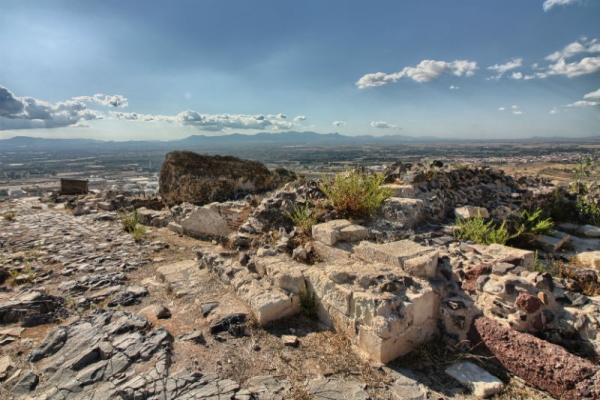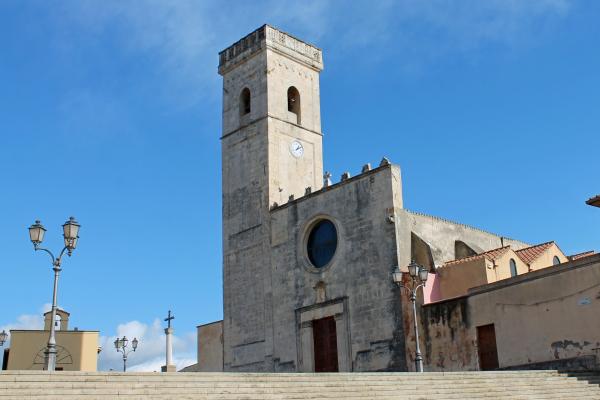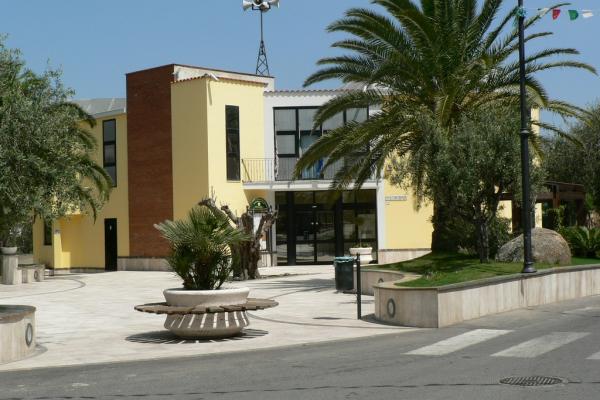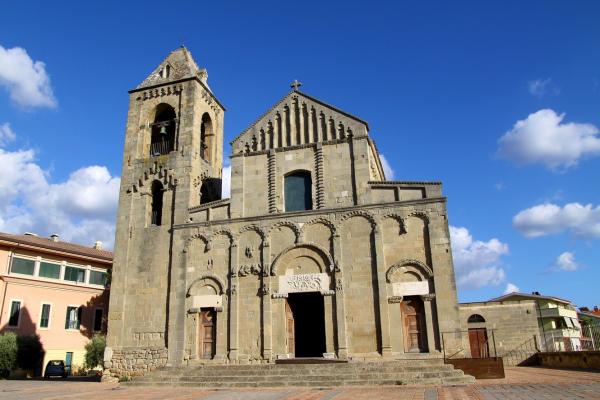The name apparently comes from muristenes, an ancient dwellings for worshipers and traders, or from the Catalan word for monastery. It is not by chance that since the end of the 20th century, near the parish church of San Pietro Apostolo, there was a building known as domu de is paras, 'house of the friars'. Monastir is located on the fertile Campidano plain, between two little hills of volcanic origin, Mounts Zara and Olladiri, which break up the flat trend of the countryside through which the Riu Mannu and Riu Flumineddu rivers flow. This municipality has four thousand 500 inhabitants and is situated twenty kilometres from Cagliari. It has an agricultural vocation: citrus fruits, peaches and potatoes are grown all over its territory.
The present-day village emerged in the Middle Ages around a community of Camaldolese monks. It was part of the Calari Giudicato and, for a short period, that of Arborea, after which it became the property of Pisa. The remains of the Baratuli Castle are an emblem of that period and stand on top of Mount Olladiri. The castle was built in the middle of the 12th century by the Giudici (rulers) of Cagliari, after which it passed to those of Arborea and was destroyed by the Pisans at the beginning of the 14th century. The old town centre extends around the parish church of San Pietro, the patron saint of the village and its Gothic-Aragonese structure dates back to the beginning of the 16th century. The church of Santa Lucia is much older (second half of the 13th century) and it is a Romanesque style church. At the end of August, the celebration in honour of the saint takes place: this is the moment felt most deeply by the community of Monastir, with processions to and from the parish church and the little rural church, accompanied by worshippers, knights, wagons pulled by oxen, groups in costume and launeddas players. The first celebration of the year is that of the Fires of Sant'Antonio Abate (17 January) to whom a 14th century Gothic church is dedicated. Next, a few days later, there is Su Foghidoni for St Sebastian. A 15th century sanctuary is named after him. In this extremely devout village, other religious buildings stand out: the church of San Giacomo, which is the most ancient (12th century) and is embellished with a spiked bell-tower, and the church of the Beata Vergine Maria (or of the 'Madonnina').
Monastir boasts a remarkable archaeological heritage. The oldest evidence is in the hills: in Is Aruttas, a Domus de Janas necropolis (3200-2800 BC), on Olladiri there are the remains of Pre-Nuragic and Nuragic huts, on the Zara there are the Domus de Janas known as Is Ogus de Monti and the monumental flight of 60 steps dug out of the rock, which lead to the acropolis. At the top of the hill, you will see the sacred Nuragic area, two altars and two wells used for worship of the water deities. At the bottom of the steps, there is a 9th century BC circular building, used for various activities, including wine-making. In the area, there are is also the Su Cuccumeu Nuraghe and the village of Mitza Morta.
















